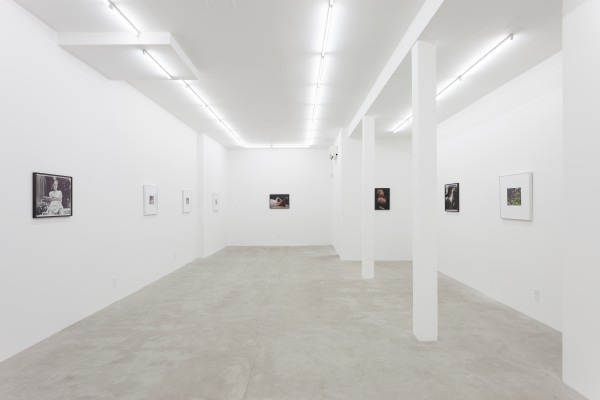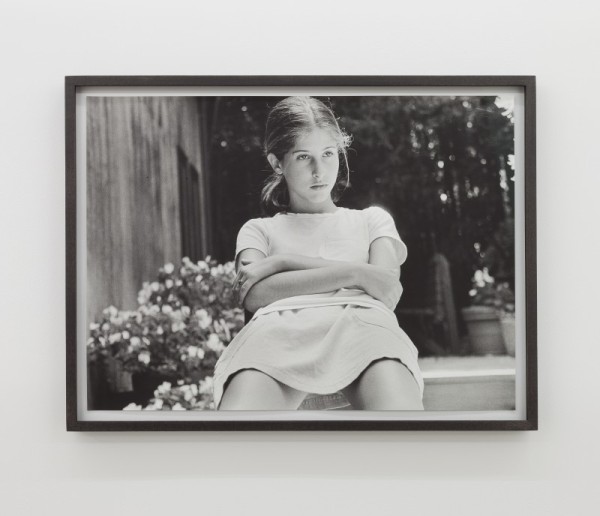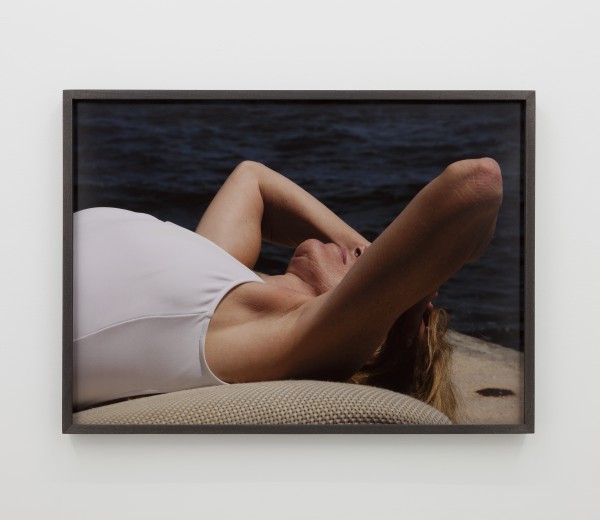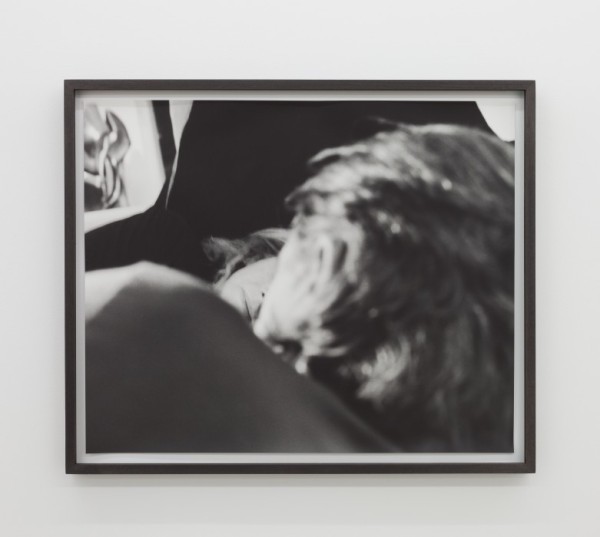Talia Chetrit
Friday, 27 September 2013
Work from her exhibition at Leslie Fritz.
“Talia Chetrit’s current exhibition at Leslie Fritz, her third solo show with the gallery, originates in the artist’s revisiting old contact sheets from the first rolls of film she shot as a thirteen-year-old in the mid-1990s. They were intimate, direct portraits of the subjects most immediately available to her: her own family in and around their home. Chetrit re-cropped and re-edited these old images, and returned to photograph her family again for the most recent work in the exhibition, mixing these two moments in this installation. In these images, we see her mother, father, brother, and the photographer herself, pictured today and as they appeared some eighteen years ago.
With these works, we find the artist rethinking her own amateur photography, revisiting a moment when taking pictures seemed to exist outside of any context of historical or professional knowledge. Her chosen subjects were expedient, of course, but photographing her family, and especially her mother – whose winsome visage appears several times – inevitably engaged dynamics beyond the merely formal. Whatever the intimacy of these images, for the young Chetrit photography offered a means to simultaneously be with and stand apart from the family – to see it through the distancing perspective of the camera lens.
The comparison of pictures of the same individuals separated by almost two decades materializes that gap in time, reminding us of the photographic image’s status as witness to what has been. Chetrit has remarked on the moodiness of this series, yet the pathos of these works does not really stem from the tragedy of the passage of time.
It seems rather to derive from Chetrit’s ongoing exploration of concealment, of what remains hidden even within a technology devoted to the visible. Closer examination of the photographs reveals patterns of occluded gazes, masked looks, and blocked faces, through which the kinship of this exhibition with the artist’s previous work, such as the Hand series (2012), becomes evident. What is new, however, and what defines these new photographs as so remarkable an achievement is that it is no longer simply a matter of physical concealment and its attendant erotics that Chetrit has taken up, but the alternating forms of emotional concealment and exposure characterizing the family romance itself.” -Thomas McDonough



